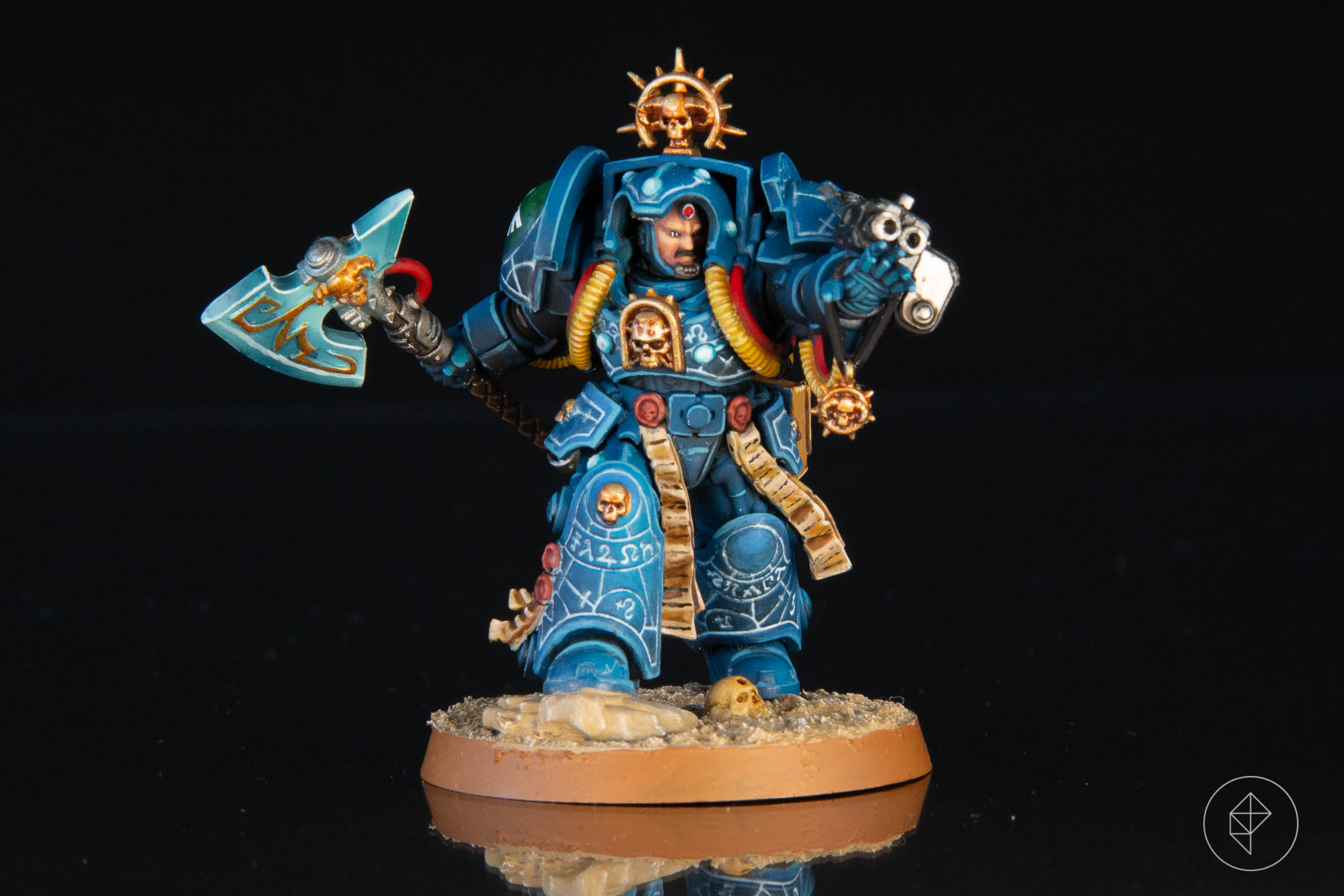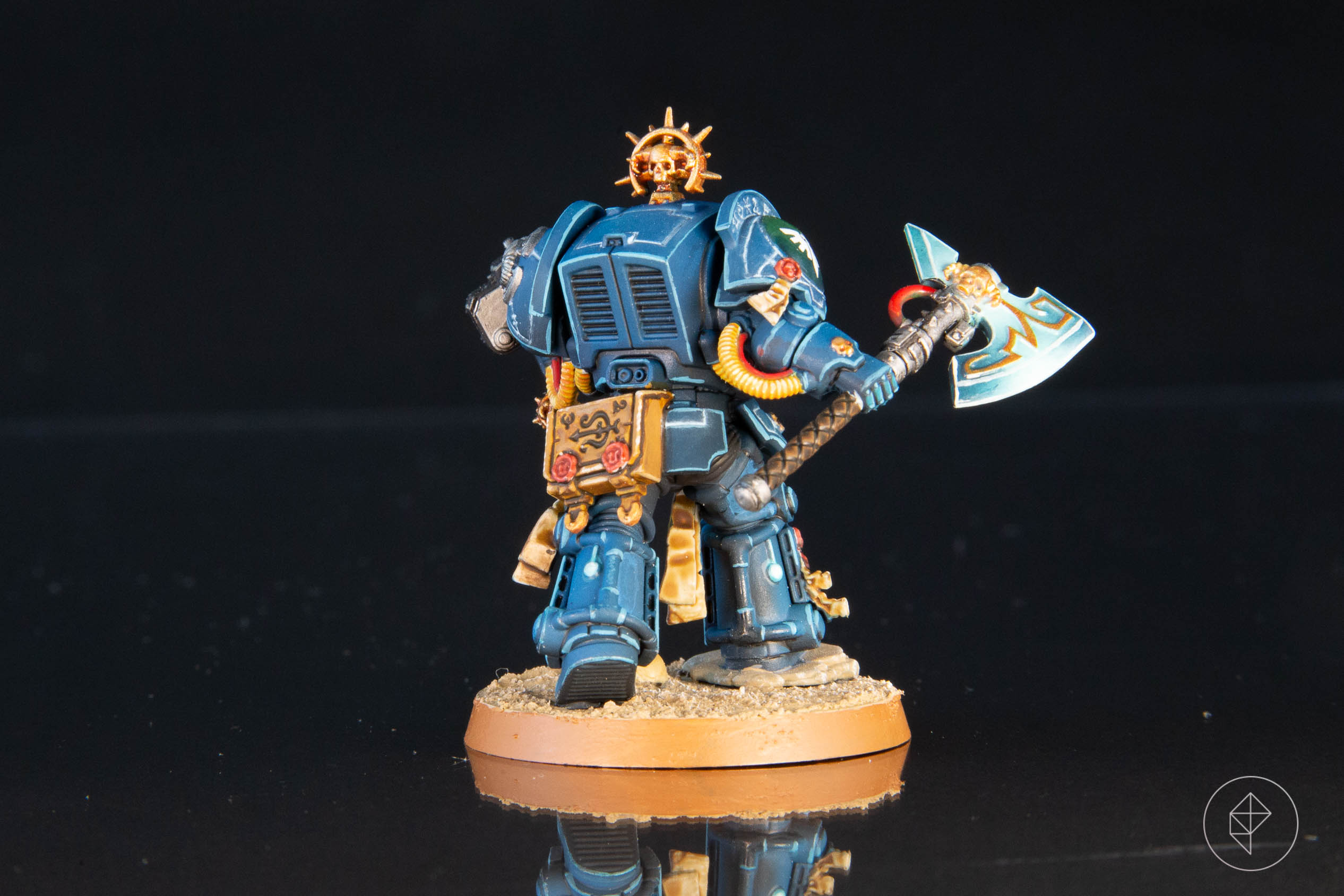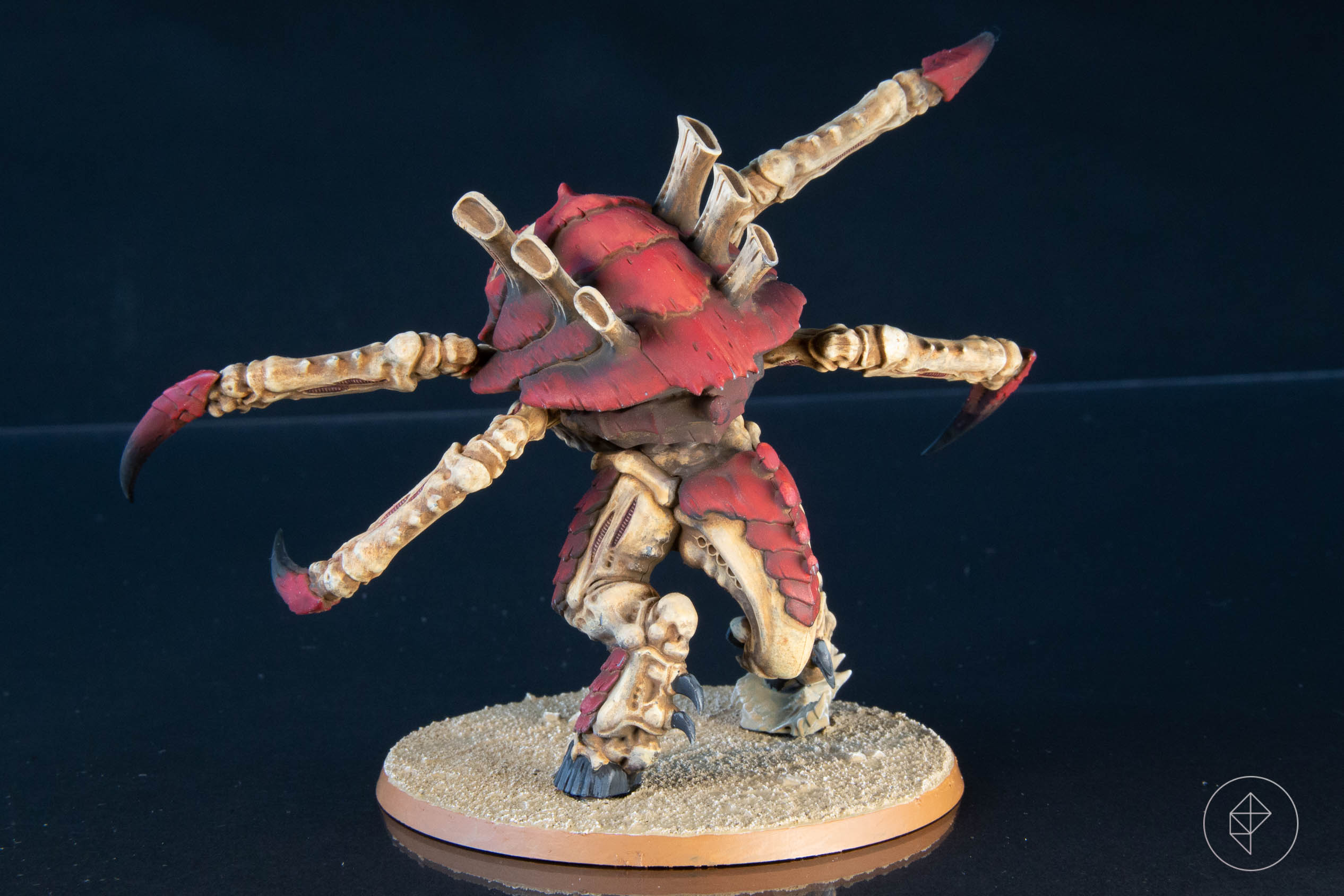40K’s new Leviathan set, 10th edition are great but lack a human touch
Decades into producing a franchise, it’s easy to lose perspective on who your fans are and what they value. Look no further than Dungeons & Dragons’ OGL fiasco in January, where the seminal role-playing game managed to piss off just about everyone — including its most die-hard fans. Blizzard pulled off a similar feat not too many years ago, announcing a mobile installment in the iconic Diablo series that landed with a seismic thud at its own convention. As I sat in the audience at this year’s AdeptiCon, I wondered to myself: Is Games Workshop walking into the meat grinder here with its announcement of the 10th edition rules for Warhammer 40,000? Turns out, my fears were for naught.
The U.K.-based game developer and publisher has absolutely knocked it out of the park, somehow managing to fill its newest boxed set, Warhammer 40,000: Leviathan, with an incredible amount of fan service. The miniatures inside reward longtime collectors with reimagined favorites, while also managing to explore new and vital art and design choices in several of the sculpts. Meanwhile, the new 10th edition rules bundled inside that box are simpler and easier to use than ever before. And that’s why the crowd at AdeptiCon cheered so loudly and so often during an otherwise ponderous, 45-minute presentation: These are the changes they wanted to see, and I suspect that Games Workshop will be rewarded with another sold-out set as a result.
:no_upscale()/cdn.vox-cdn.com/uploads/chorus_asset/file/24697545/_MG_9315.jpg)
Of course, that’s what makes the company’s more subtle marketing decisions all the more curious. But we’ll get to that in due time. First, let’s talk about what’s inside this box.
Leviathan includes 72 miniatures, all of which are new to the franchise. There is a mix of both Space Marines and Tyranids, 40K’s blue-armored poster boys and their most hated Alien-like enemies, respectively. These are push-fit miniatures, meaning that they go together without any glue at all. While they’re a real pain for dedicated hobbyists and painters, trying to make their joins as seamless as possible before airbrushing, they’re perfect for newbies. Players 12 and older will have absolutely no trouble at all slapping these bad boys together in record time, even if they don’t really know what they’re doing. And that’s fine — introductory sets like this, while still attractive for veterans, are, as the term suggests, geared toward newbies. Not only does it include a well-annotated (and indexed!) 330-page rulebook; it will also include downloadable profiles (think character sheets, sort of like in D&D but for squads of soldiers) for every unit.
The only oversight, it appears, is that Leviathan doesn’t come with any dice. So be sure to pick up a boatload of d6s, or loot the other board games in the closet when the time comes.
Aside from those dice, Leviathan will be immediately playable right out of the box. It’s all thanks to the franchise’s all-new “flagship” format called Combat Patrol. It’s a faster style of play that uses smaller, preconstructed collections of miniatures that are already on store shelves all around the world — similar to Commander format in Magic: The Gathering. Games Workshop has gone on the record to say that “everything that you need to play Combat Patrol” with another 22 factions will be free to download when 10th edition launches. They backed that statement up on June 2, by dropping the game’s rules free of charge online. So Leviathan owners will have competition to play against on day one.
Let me be clear about Combat Patrol: The launch of Leviathan isn’t just the launch of two refreshed factions, Space Marines and Tyranids. Games Workshop is teasing the launch of 24 small, balanced forces, most of which will only cost a little more than $100 to build. You’ll still need paint and the like, but it’s a huge change for what has perennially been one of the biggest money holes in all of tabletop gaming.
The importance of the launch of these free rules and Combat Patrol cannot be overstated. Traditionally, new editions have launched and fans of the 20-odd main factions in the game have had to wait around for new rules, in the form of Codexes, to drop over a number of years in order to fully update their armies. Only after purchasing these Codexes, which can sell for up to $55, could they then properly update those factions to the new edition of the game.
While Combat Patrol isn’t the full version of Warhammer 40K, the push to publish new, free rules for every single existing Combat Patrol box currently on store shelves effectively brings the price of entry into 10th edition to the lowest point in recent memory. That publishing decision is, in and of itself, as meaningful — maybe even more meaningful — than a streamlined rule set. It makes the game more accessible to more potential players.
:no_upscale()/cdn.vox-cdn.com/uploads/chorus_asset/file/24698510/Leviathan_Boxed_Set.Jpg)
Image: Games Workshop
The models that come inside Leviathan? To my eye, they’re just OK. Yes, it’s nice to have new plastic terminator Space Marines for the first time in more than a decade, and they’re scaled well to stand alongside the new, taller Primaris Space Marines. Yes, it’s nice to see the Tyranid Screamer-Killer — an iconic design that dates back to the beginning of the franchise — updated for modern audiences. But some models, like the veteran Space Marines with their flowing loincloths, and especially the stumpy little long-range Space Marine dreadnought, feel a bit rote and uninspired, if well executed. The mainline Tyranid units in particular feel like a series of subtle refinements in place of notable evolutions. Which, again, is fine. For longtime players, your mileage will vary greatly with Leviathan, but it’s an absolute smorgasbord for new or returning players.
But all these successes come with some important caveats about how Games Workshop continues to conduct pre-release coverage. For instance, I’ve been sitting on a boxed copy of Warhammer 40,000: Leviathan for about a month now and I still don’t know how much it will cost. Same with the hardcover rulebook. I, as a critic, have literally no way to tell you whether or not this is a good value for your dollar right now. Nonetheless, in exchange for access, I’m effectively tied to a publication date and time — today, right now — when I’m supposed to give you my opinion on that box. And honestly, it’s not something that I’m super comfortable with.
I’m also not super comfortable with a few other things. Games Workshop has made some very strange decisions since January in how it puts its staff out into the world to engage with the company’s global fandom. Most notably, sources tell Polygon that Games Workshop’s painting presenters on YouTube and on Games Workshop’s own streaming channel are no longer allowed to show their faces on camera. That depersonalization of the brand extends editorially to the Games Workshop Community website as well, which no longer allows employees to denote their last name.
As a result, you get bizarre articles like this interview with “Steve,” the guy who’s designed not one, not two, but three of the most striking new miniatures released in recent memory. Honestly, I’d like to know who this person is, and find more examples of their work out in the world to shower additional praise on — but these new policies make it a lot harder. This policy shift may, at least in part, be the result of past presenters spinning themselves off into successful branded YouTube channels and even non-Games Workshop hobby product lines.
Those choices have clearly impacted the Warhammer 40,000: Leviathan core rulebook that is shipped with this boxed set. The only attribution listed is for “THE WARHAMMER DESIGN STUDIO.” Gone is the one-page designer’s commentary, attributed to Robin Cruddace, that was present in the 9th edition. In fact, the only two Games Workshop employees named at all in the set are the painters of two fully detailed Combat Patrol forces. Polygon was given access to studio manager Stu Black, but it was only through a formal email interview handled by Games Workshop’s community outreach team. And while the community outreach team has been more agile and accommodating in the lead-up to 10th edition than in years past, the company’s methodologies still feel a bit behind the times.
So in the same moment that Warhammer 40,000 the tabletop game is more accessible and affordable for potential fans, and at the same time that more critics than ever are writing about Warhammer 40,000, both fans and critics are being held at arm’s length from the humans making it all happen behind the curtain. It’s an odd state of affairs. I can see a future where the 40K fandom is so alienated by these processes, the means of production so obscured to the public, and the true value of those newest and most sought-after releases so carefully hidden from critics like me that the pendulum of popularity begins to swing in the other direction.
Or maybe I’m wrong. Never bet against a Space Marine.
Nonetheless, as we sit through what promises to be a very lengthy and a very fractious writers’ strike in Hollywood and New York — but also in Chicago, and Georgia, and Vancouver and wherever else great movies and television programs are being created — it’s important to point out that Warhammer 40,000, the franchise, not the tabletop game, will soon be coming to screens near you with a cinematic universe crafted by none other than Amazon, the largest retailer on the planet.
In a game about genetically modified authoritarians and their ravenous alien enemies, it’s reasonable not to expect much humanity in the fiction of 10th edition when it launches. But I could use a bit more of it on the periphery. “Steve” did a great job, and so did a lot of other folks on Black’s team, in the lead-up to bringing Warhammer 40,000: Leviathan to market. It’d be nice to see them all get better representation in the final product and all of the public-facing content produced by the company that they work for.
Warhammer 40,000: Leviathan is expected to go up for pre-order online and at your friendly local game store. It will eventually be released as a physical object, which will arrive in the world where it is supposed to arrive in due course. It’s pretty good, especially if you’re new to the franchise.
#40Ks #Leviathan #set #10th #edition #great #lack #human #touch












